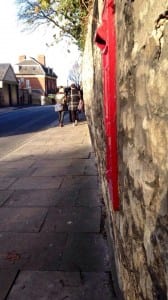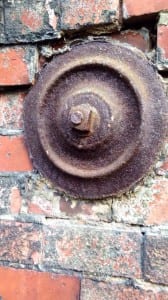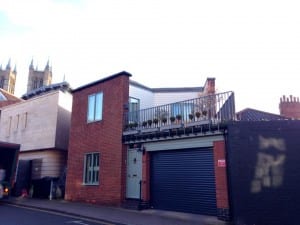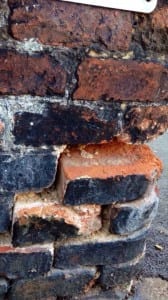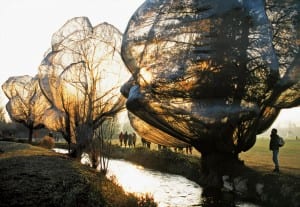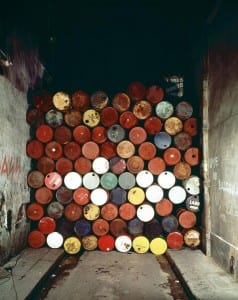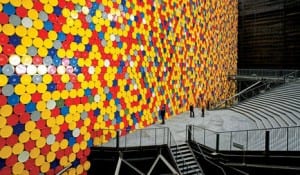So Monday just gone we had the wonderful opportunity to have a guided tour (or drifting) of uphill lincoln by Rachel. Which was an amazing thing to explore and really got me thinking about life and death. Strange I know however here are my two reasons;
Death – walking up steep hill on a Monday morning for 9am in the freezing cold! Okay I’m being a little to dramatic but at the time I thought I could of ended my life.
Life – overlooking Lincoln from a viewing point near the cathedral & castle I felt like God looking over the world. It made me appreciate the uphill climb of the famous killer steep hill.
When I used to live in Lincoln as a child. I never really enjoyed the buildings and historical facts that were connected to the uphill section of Lincoln. But after the drift I discovered a lot more that got my creative juices flowing!
“To be a place, every somewhere must lie on one or sereval paths of movement to and from places elsewhere. Life is lived, I reasoned, along paths, not just in places, and paths are lines of a sort“. (Ingold, 2007,p.2)
This quote links to a task we were set in the gardens of the old Victorian mental asylum located west of the castle. As a group we collected a twig/stick each and followed it. My stick had three main paths to choose from . I picked the middle path which led me to some broken yellow foam from a dog ball or lemon skin.
After walking around the cathedral and the secret garden it made me and a couple of friends decide that we felt connected with this site. The garden felt like a place you would enter after you’ve passed like God’s waiting room. I think it’s connected more by religion as the garden is right next to the cathedral’s door to heaven.
I’m looking forward to doing some more research into the site(s) on Monday but not as excited about the walk up the hill again.
Till next time…
Ingold, T. (2000) The Perception of the Environment: Essay on Livelihood, Dwelling and Skills (London, Routeledge).


